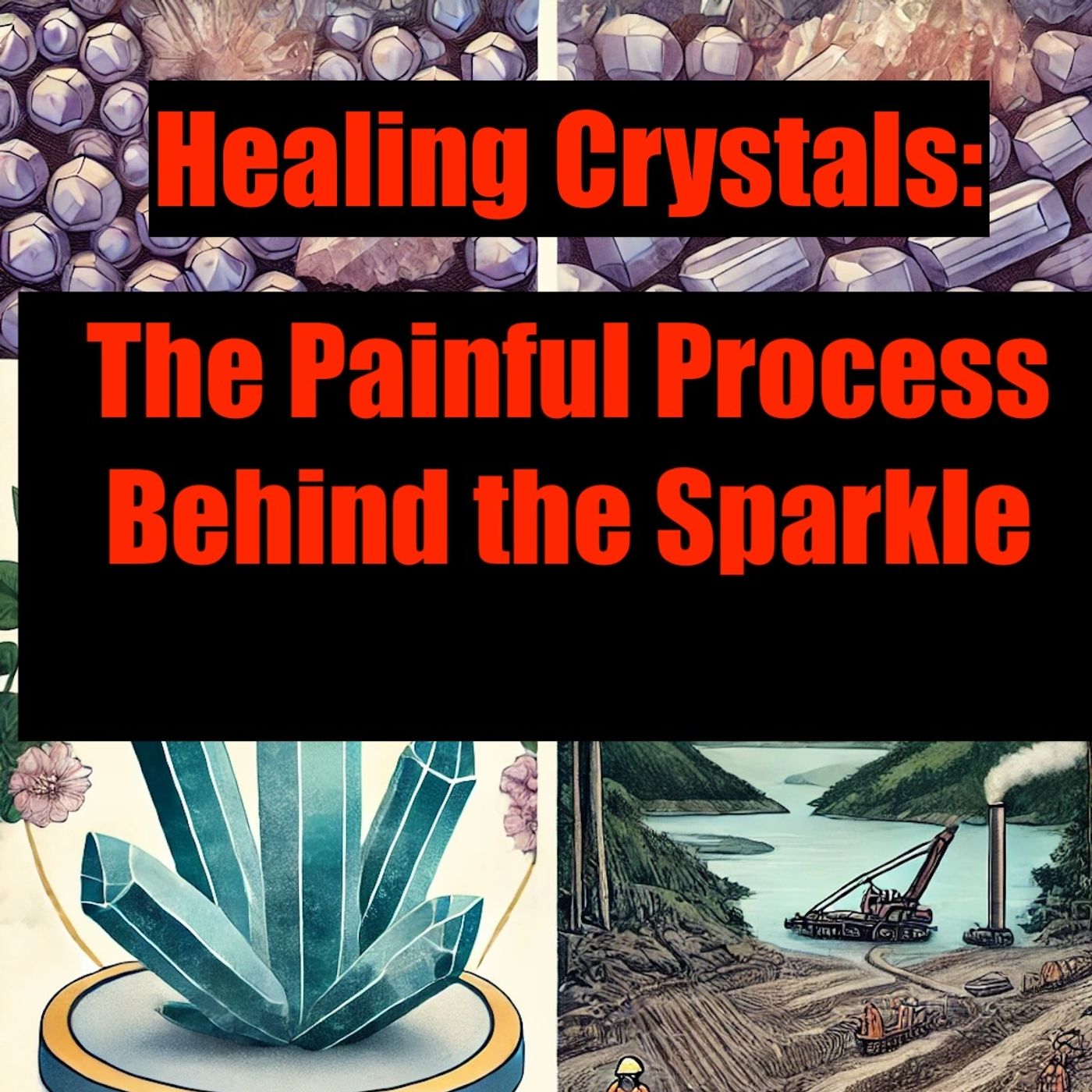Healing Crystals: The Painful Process Behind the Sparkle

Info
About Healing Crystals: The Painful Process Behind the Sparkle
-
Healing Crystals: The Painful Process Behind the Sparkle Healing crystals have surged in popularity in recent years, embraced by wellness enthusiasts for their supposed therapeutic properties. These crystals, believed to channel energy and promote physical, emotional, and spiritual healing, are often marketed as natural remedies free from the side effects of conventional medicine. However, the journey from the mine to the market is fraught with ethical and environmental concerns that many consumers are unaware of. The Booming Market for Healing Crystals The global market for healing crystals is booming, driven by a growing interest in alternative medicine and holistic health practices. Social media influencers, wellness coaches, and celebrities have all contributed to the crystals' popularity, often showcasing their collections and promoting their use. This has led to a surge in demand for various types of crystals, including quartz, amethyst, and rose quartz. In addition to their aesthetic appeal, many believe these crystals can improve various aspects of life, such as reducing stress, enhancing concentration, and even alleviating physical ailments. Workshops, online courses, and retail stores specializing in these crystals have become increasingly common, further driving consumer interest and sales. However, the increasing demand for these crystals has brought about a myriad of issues that are often overlooked by the general public. The Harsh Reality of Mining Despite the serene and spiritual image associated with healing crystals, their extraction is anything but peaceful. The mining process often involves harsh and hazardous conditions, particularly in developing countries where regulations and worker protections are minimal. Miners, including children, frequently work long hours for meager wages, facing risks such as landslides, exposure to harmful chemicals, and debilitating injuries. In Madagascar, for instance, where a significant portion of the world’s crystals are sourced, the conditions are particularly dire. Reports indicate that entire families, including young children, participate in mining activities to earn a subsistence living. These workers operate in makeshift mines with little to no safety measures, making injuries and fatalities a frequent occurrence. The work is physically demanding, requiring miners to dig through rock and soil, often with basic tools, to extract the crystals. The environmental impact of crystal mining is also significant. Mining operations can lead to deforestation, soil erosion, and water contamination, disrupting local ecosystems and communities. In regions like Madagascar, where a large portion of the world's crystals are sourced, the environmental degradation is palpable. Deforestation not only destroys habitats but also exacerbates climate change by releasing stored carbon dioxide into the atmosphere. In Brazil, another major source of crystals, illegal mining activities have led to the destructi...
What kind of guest might make a good fit?
-
Looking to interview experts and activists who can discuss the ethical and environmental challenges in the healing crystal industry, focusing on mining conditions, worker rights, and sustainable practices.
Note: Guest insights are created with AI assistance.